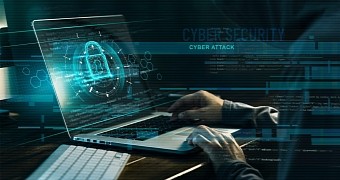Cybersecurity firm Check Point discovered disturbing statistics concerning the significant growth in the weekly number of cyber attacks directed against firms and organizations in the world of education, according to Times of Israel.
Schools, colleges, and research institutions are among the organizations that have been targeted. In July 2021, there was an average of 1,739 attacks per organization per week, a 29% increase from the same month last year. The top 3 countries affected by the issue include:
- India - average of 5,196 assaults and 29% increase from 2020
- Italy - average of 5,016 assaults and 70% increase from 2020
- Israel - average of 4,011 assaults and 41% increase from 2020
Based on this data, it is easy to assume that the education sector is expected to be the top target of malware and ransomware attacks in 2021. One of the reasons is due to the nature of online platforms that provide unprotected access points for cyber criminals to the system for a significant number of students. In comparison to other industries, the education sector has invested less in cybersecurity, but it nevertheless keeps considerable and frequently sensitive information about students, professors, and other academic employees.
CheckPoint makes the following recommendations for strengthening educational cybersecurity:
- Reducing the attack surface is a common technique in information security. Your data, peripherals, applications, and network traffic must be fully controlled and encrypted during transmission, storage, and use.
- Be wary of suspicious links and only download material from approved sources. If you receive an email with a strange request, check the sender's details to make sure you're talking to colleagues and not cyber crooks.
- You should use anti-Ransomware software since it employs behavioral analysis and general principles to detect ransomware indications and to detect operational versions of new malware families.
- Contain attacks and damage by detecting and blocking command and control communications and isolating compromised devices. You can then recover encrypted files, quarantine files, terminate programs, and sterilize the entire attack chain.
- It's important to check and strengthen passwords used to access work services like email or business apps.

 14 DAY TRIAL //
14 DAY TRIAL //